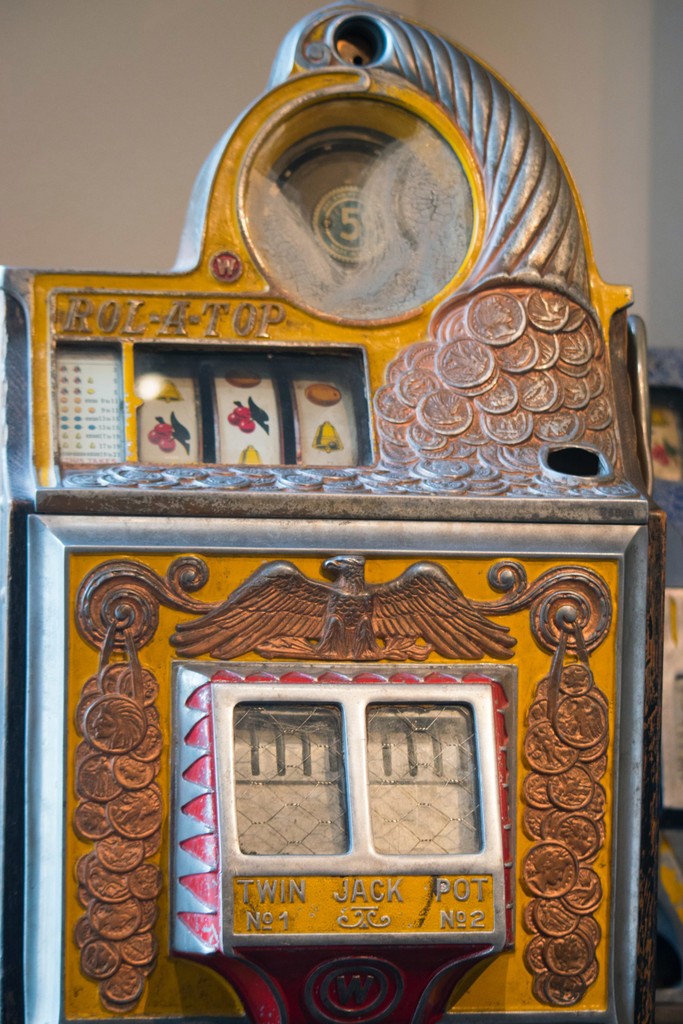San Francisco is a city and port that coextensive to San Francisco county, northern California. It’s located on a peninsula between Pacific Ocean & San Francisco Bay. It is the cultural and financial center of the west United States, and the most cosmopolitan city in the country.
You must file an application to obtain Patent protection in San Francisco. A patent is a type intellectual property. It’s a property that comes from the mind and is a form of intellectual property. The Government grants patent rights to inventors for inventions. Patent rights provide inventors with protection from other inventors. The Patent rights also prevent others from using or selling the invention, usually for 20 years.
The USPTO website allows you to fill out a US Patent application in San Francisco. The United States Patent and Trademark Office is a federal agency that grants patents. The Silicon Valley USPTO Office is the West Coast regional USPTO office. IPexcel is one of many professional patent filing service providers in San Francisco. The Patents Act requires that applicants file their applications in accordance with the requirements.
Inventions and Patents
San Francisco is well-known for many things, but did you know many household items were created in San Francisco? Bay Area inventions, discoveries.
Denim Jeans
Jeans were originally known as “waist overcoats” and were created to be rugged work wear for the California Gold Rush’s gold miners. The fashion revolution started when Jacob Davis and Levi Strauss, based in San Francisco, filed a patent on denim pants that were reinforced with copper rivets. Although Davis is technically the inventor of jeans, Strauss was able to make jeans popular without his San Francisco-based company.
Jukebox
San Francisco is the home of many epic music festivals, and has been immortalized by many songs. It also has the distinction of being the birthplace for the jukebox. Louis Glass and William S. Arnold invented the nickel-inthe-slot-phonograph in San Francisco, CA in 1890. It was first installed at the Palais Royale Saloon on 23/11/1889 . The design featured multiple headphones or “listening tubes” for listeners as they crowded around a phonograph.
Television
San Francisco was home to another piece of hardware that changed the world, the television. Philo Farnsworth and his “Lab Gang”, located at the corner of Green Street and Sansome Streets in San Francisco, invented the all-electronic TV in 1927. In 1929, he transmitted the first TV live transmission featuring Elma. Farnsworth did not reap the benefits of his groundbreaking invention. Farnsworth may be considered the father of television. However, he made only one television appearance in 1957, as a mystery guest on CBS’ quiz show “I’ve Got A Secret”.
Slot machine
Imagine Las Vegas and Atlantic City without slots machines. Charles Fey, the inventor of the three-reel Liberty Bell slots machine in San Francisco, created it in 1899. Gambling payouts were traditionally given to an attendant before his invention. Fey improved that system by making it easy to withdraw coins directly from the machine. California Historical Landmark Number 937 has been designated at 406 Market Street.
Cable cars
Is it to creating the first cable car system the same thing as inventing the cable car ? This is the argument with Andrew Hallidie’s legacy, who in 1873 promoted the creation the Clay Street Hill Railroad. Clay Street Hill Railroad was the world’s first street railway and San Franciscans hailed Hallidie as the father for the cable car.
Bendy straws
Joseph Friedman witnessed his daughter Judith struggling to drink milkshakes with a straight straw one day in the 1930s in San Francisco. He returned home that night and made some accordion-like grooves at the straw’s middle using a screw and dental floss. The bendy straw was born.
Murphy bed
Living in a small apartment in San Francisco is a challenge. You know how important it is to have multiple functional furniture. William Lawrence Murphy lived in a San Francisco apartment studio apartment in the late 19th century. Murphy wanted to be able entertain his lover, but social norms meant that a woman should not enter a man’s bed room. Murphy designed a bed which could be hidden in a closet and transformed his small apartment into a parlor suitable for courtship.



